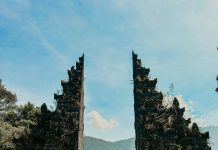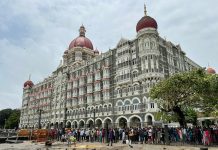Most people look to get away from cities to make the most of their holiday time, but Aparna Sundaresan recommends visiting at least five cities to experience the festive fervour of India
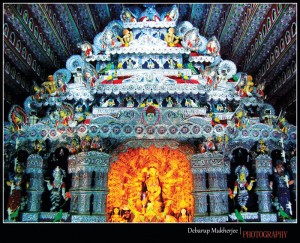 Durga Puja, Kolkata
Durga Puja, Kolkata
The festival: The worship of goddess Durga on account of her defeat of the buffalo-headed demon Mahishasura on the last six days of Navaratri. The celebration: Kolkata transforms into a living, breathing art gallery of pandals and neon lighting displays. The pandals that house the Durga idols are elaborate, grand and innovative in their concept, theme and design.
What to see:
* Mohammad Ali Park puja, central Kolkata, for the grandeur
* College Square puja, central Kolkata, for its monumental lighting display
* Kumartuli Park puja, north Kolkata, for its handcrafted Durga idols
* Sovabazar Rajbari puja, north Kolkata, to see the traditional celebration in the household of kings
Sightseeing tip: To see as many pandals as possible, hire an auto rickshaw and zip through the streets of North and Central Kolkata.
Festive detour: If the city scene is not for you, head to Chandannagar, 30 kilometres north of Kolkata, to see Jagaddhatri Puja and its spectacular neon lighting displays.
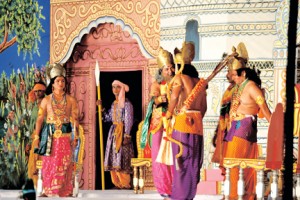 Dussehra, New Delhi
Dussehra, New Delhi
The festival: Dussehra, the end of Navaratri, is celebrated with the Ramlila, a dramatic re-enactment of the Ramayana. Some Ramlilas are staged until the first day of Diwali, Dhanteras.
The celebration: Ramlila is staged over ten or more successive nights during Navaratri. It is accompanied by parades and processions of the actors in costume, and on the last day, giant effigies of Ravana are burnt.
What to see:
* Shri Ram Lila Committee, Ramlila Maidan – the oldest Ramlila of Delhi, started by Mughal king Bahadur Shah Zafar
* Lav Kush Ram Lila Committee, Lal Qila Maidan – hires professional actors and puts on a lavish show
* Shriram Bharatiya Kala Kendra, near India Gate – an amalgam of Indian dance and theatre in the Ramlila
Sightseeing tip: Red Fort and its surroundings are home to several Ramlila performances, so head there first if you wish to have a taste of the action.
Festive detour: To see authentic Ramlila, go to Ramnagar in Varanasi, the birthplace of the Ramlila.
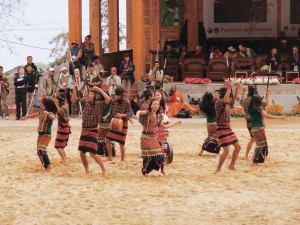 Hornbill Festival, Kohima
Hornbill Festival, Kohima
The festival: Organised by the State Tourism and Art & Culture Departments in the first week of December to celebrate the diversity and culture of Nagaland at Kisama Heritage Village at the edge of Kohima.
The celebration: A week-long cultural display of dance, music, crafts, sports, food and games by all tribes of Nagaland.
What to see:
* World War II car rally, Naga chilli eating competition, Hornbill marathon and Hornbill Rock Contest
Sightseeing tip: Hire a taxi for the entire day of the festival. Leave early to beat the rush and grab a good seat.
Festive detour: The neighbouring city of Dimapur is home to the Kachari ruins – architectural artefacts of the ancient Dimasa Kachari Kingdom. Its giant, mushroom-shaped pillars are believed to have been large-size chess pieces.
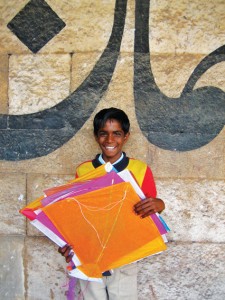 Uttarayan, Ahmedabad
Uttarayan, Ahmedabad
The festival: The day winter gives way to summer is marked as Uttarayan in the Hindu calendar and is the start of the harvest season and festival of Makar Sankaranti in January.
The celebration: People take to the sky with kites of all kinds – traditional, modern and international – from all over the world as part of the International Kite Festival.
What to see:
* The riot of colours and kites at Patang Bazar, kite market, during festival week
* The battle of the kites from Sardar Patel Stadium
* The Kite Museum at Sanskar Kendra, Paldi area for its collection of unique kites
Sightseeing tip: Other places to enjoy the kite flying are Ahmedabad Police Stadium and Sabarmati Waterfront.
Festive detour: Kites are also flown from the breathtakingly beautiful white desert at Dhordo in the Rann of Kutch, accessible via Bhuj.
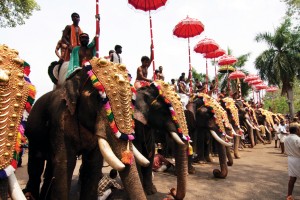 Thrissur Pooram, Thrissur
Thrissur Pooram, Thrissur
The festival: The rising of the moon with the Pooram star, according to the Hindu calendar, is celebrated by multiple temples in the city of Thrissur as a post-harvest festival.
The celebration: Eleven temples come together and start celebrating seven days before the Pooram. Flags are first hosted in all the temples, followed by a round of fireworks. Then is a massive procession of caparisoned elephants towards the Vadakkunnathan Temple. A farewell ceremony for the temple idols and a second round of fireworks marks the end of Thrissur Pooram.
What to see:
* The procession of elephants entering the Vadakkunnathan Temple from Thekkinkadu Maidanam
* Performances of magic and music on the streets
* Spectacular fireworks on the last day
Sightseeing tip: Climb the hilly area around the Vadakkunnathan Temple to see a fantastic view of Thrissur.
Festive detour: Arattupuzha Pooram in the village of Arattupuzha, 12 kilometres south of Thrissur, holds a similar festival about a month before Thrissur Pooram. It is known for its grand elephant displays.
Volume 3 Issue 5
























